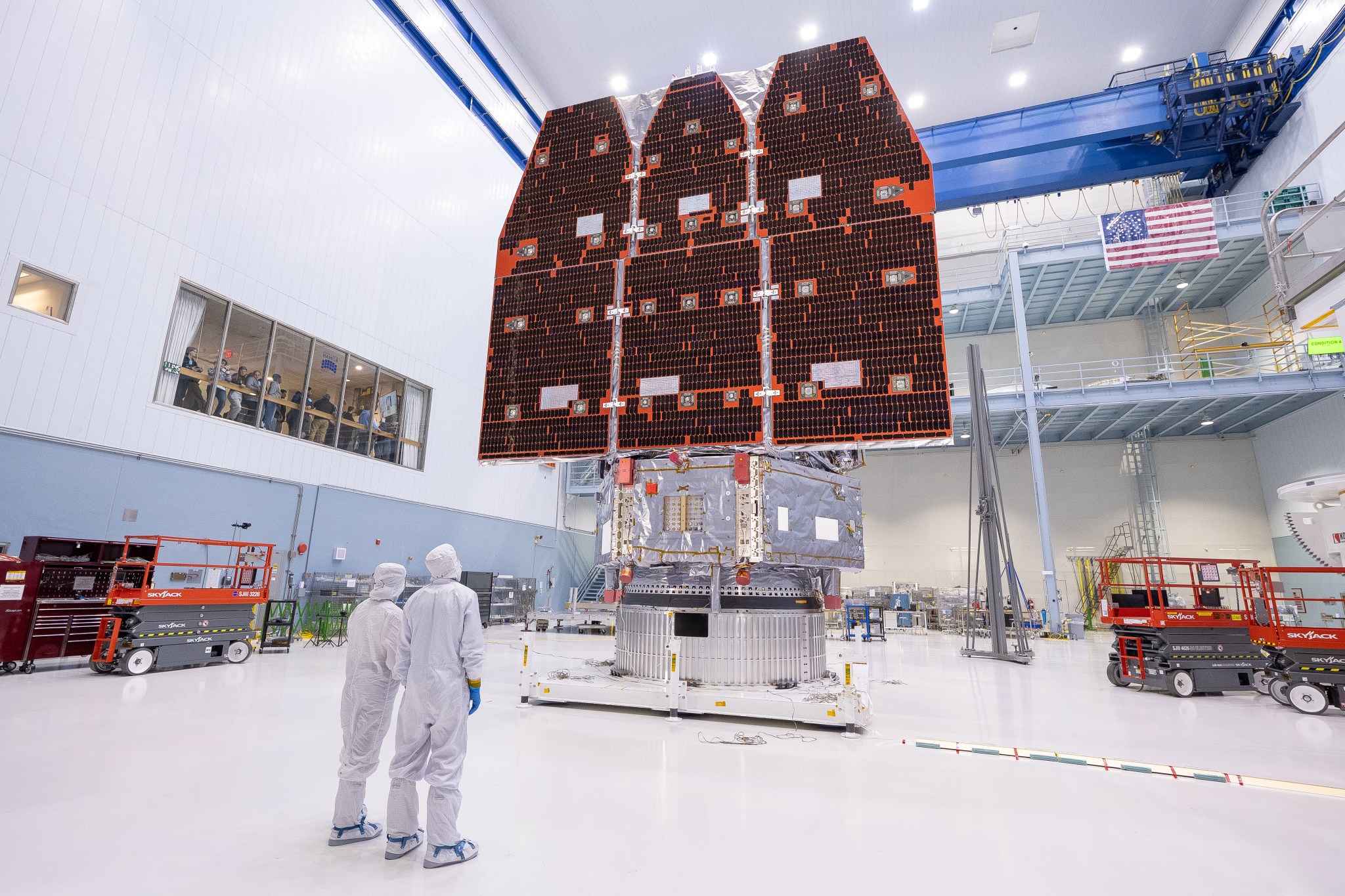ESA’s Rosetta spacecraft has made the first in situ detection of oxygen molecules outgassing from a comet, a surprising observation that suggests they were incorporated into the comet during its formation. This news story is mirrored from the main ESA web portal. Rosetta has been studying Comet 67P/Churyumov–Gerasimenko for over a year and has detected an abundance of different gases pouring from its nucleus. Water vapour, carbon monoxide and carbon dioxide are the most prolific, with a rich array of other nitrogen-, sulphur- and carbon-bearing species, and even ‘noble gases’ also recorded. Oxygen is the third most abundant element in the Universe, but the simplest molecular version of the gas, O2, has proven surprisingly hard to track down, even in star-forming clouds, because it is highly reactive and readily breaks apart to bind with other atoms and molecules. For example, oxygen atoms can combine with hydrogen atoms on cold dust grains to form water, or a free oxygen split from O2 by ultraviolet radiation can recombine with an O2 molecule to form ozone (O3). Despite its detection on the icy moons of Jupiter and Saturn, O2 had been missing in the inventory of volatile species associated with comets until now. “We weren’t really expecting to detect O2 at the comet – and in such high abundance – because it is so chemically reactive, so it was quite a surprise,” says Kathrin Altwegg of the University of Bern, and principal investigator of the Rosetta Orbiter Spectrometer for Ion and Neutral Analysis instrument, ROSINA. “It’s also unanticipated because there aren’t very many examples of the detection of interstellar O2. And thus, even though it must have been incorporated into the comet during its formation, this is not so easily explained by current Solar System formation models.” The team analysed more than 3000 samples collected […]
from Rosetta - ESA's comet chaser » Rosetta - ESA's comet chaser http://ift.tt/1P5rgXQ
via IFTTT
Tools and thoughts!
Subscribe to:
Post Comments (Atom)
NASA’s Nancy Grace Roman Space Telescope Completed
Over the course of several hours, technicians meticulously connected the inner and outer segments of NASA’s Nancy Grace Roman Space Tel...

-
NASA has exercised the second option of its Information Technology and Multimedia Services (ITAMS) contract with DB Consulting Group, Inc., ...
-
4 min read NASA X-ray Telescopes Reveal the “Bones” of a Ghostly Cosmic Hand Credit: X-ray: NASA/CXC/Stanford Univ./R. Romani e...

No comments:
Post a Comment